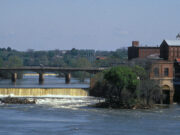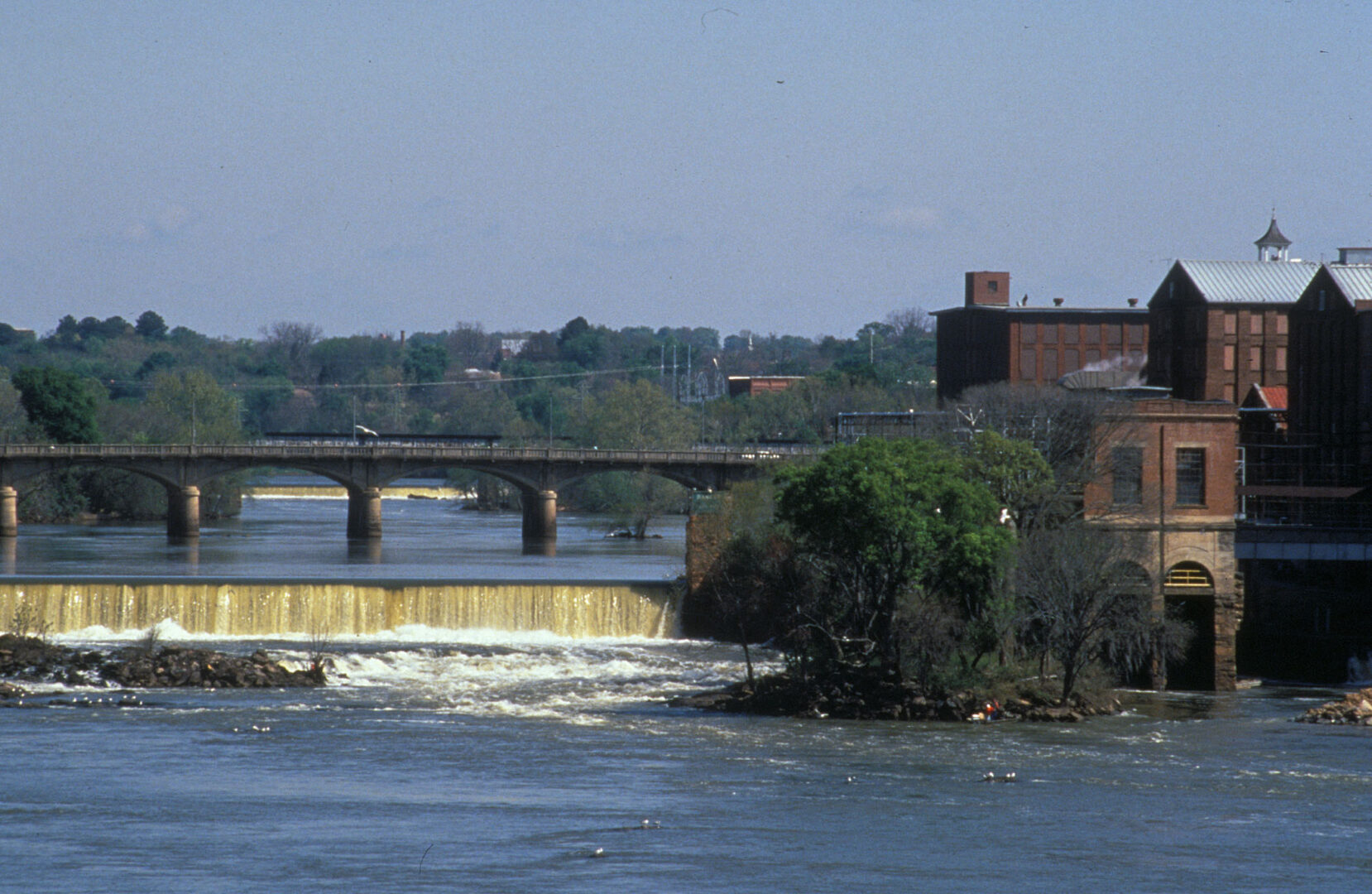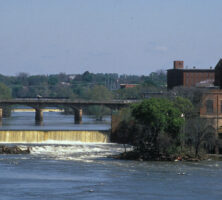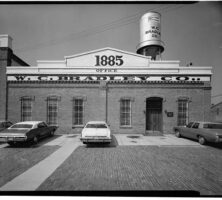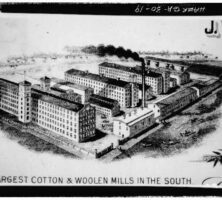W. C. Bradley was an entrepreneur, financier, and businessman whose career coincided with the transformation of the South from an agricultural to an industrial economy. Throughout his life, he initiated and managed many successful ventures and became legendary in the annals of Georgia business. In the twenty-first century the W. C. Bradley Company remains a strong, privately held entity that continues to have an impact on Georgia. Bradley also initiated a legacy in philanthropy that has been central to Columbus, the Chattahoochee Valley, and beyond.
Early History
William Clark Bradley was born on June 28, 1863, in Russell County, Alabama. He grew up on his father’s cotton plantations and in 1885 moved to Columbus, Georgia, to clerk in the office of Bussey-Goldsmith and Company, cotton factors. With his brother-in-law, Samuel A. Carter, he purchased the firm and expanded its work to include the sale of fertilizer and groceries.
In 1888 Bradley entered the world of banking as he and G. Gunby Jordan incorporated the Third National Bank and the Columbus Savings Bank. These banks merged in 1930 to form Columbus Bank and Trust, which is the ancestor company of CB&T Bancshares, Synovus Financial Corporation, and Total System Services Incorporated (TSYS), a world leader in third-party electronic payments processing.
In 1895 Bradley bought out his brother-in-law and reincorporated as the W. C. Bradley Company. This company expanded and took on new ventures, many of them establishing the vertical integration of the company’s products and services. For example, the enterprise operated a grocery business and later bought farms to produce the crops sold in Bradley’s stores. The company also purchased textile mills and invested in steamboats that hauled groceries and fertilizer down the Chattahoochee River and returned with loads of cotton. Specific companies controlled by W. C. Bradley included the Eagle and Phenix Mills, Columbus Grocery and Supply Company, Eufaula Grocery Company, the Bradley Realty and Investment Company, and the Merchant and Planters Steamboat Line. Later acquisitions included the Columbus Iron Works and the Bradley Farm Division.
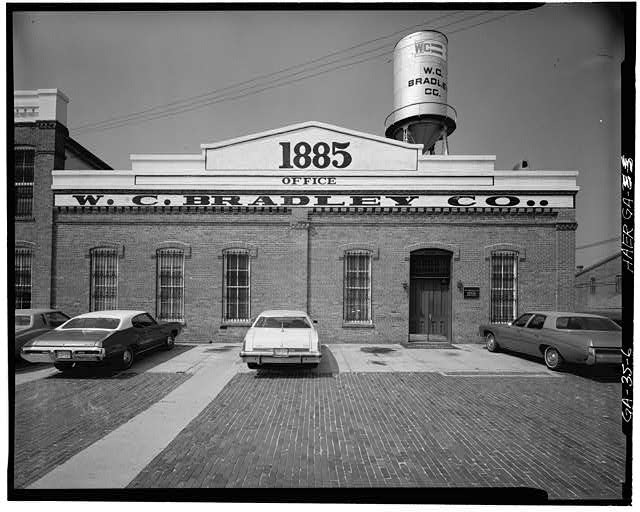
Courtesy of Library of Congress, Prints and Photographs Division
As Bradley’s business flourished, he was tapped to serve as a director for other companies beyond Columbus: the Gate City Cotton Mills in Macon, the Central of Georgia Railway, the Citizens and Southern National Bank in Atlanta, and the Irving Trust Company in New York. The relationships he developed in New York helped to attract other northern investment and business to the Columbus area.
Bradley married Sarah Hall, the daughter of a Connecticut businessman who financed shipbuilding. They had a son, Forbes, who died as a child, and a daughter, Elizabeth, who became the family heir. Elizabeth married D. Abbott Turner, and the couple had three children, including William Bradley, who was tapped at the age of eight by Bradley to be the heir to leadership in the family.
Coca-Cola
In 1919 Bradley partnered with Ernest Woodruff, another businessman with Columbus roots, to develop a group of investors that purchased the Coca-Cola Company from Asa Candler for $25 million. This purchase created a relationship between Coca-Cola and the Bradley family that lasted for three generations. Bradley, Turner, and grandson William B. Turner all served on and chaired the Coca-Cola board of trustees. Bradley is also credited with securing loans that saved Coca-Cola during the sugar crisis that followed World War I (1917-18). Additionally, he served as a mentor to Woodruff’s son, Robert, who was president and chairman of Coke from 1923 to 1981.
Bradley also advised other business associates and friends, including William I. H. Pitts, to invest early in Coca-Cola. Pitts, who owned a general store in Waverly Hall, followed Bradley’s advice and generated a fortune that later became the source of the William I. H. and Lula E. Pitts Foundation.
Philanthropy
Bradley was a member of St. Luke United Methodist Church. In 1923 he donated his company’s entire line of steamboats to the Columbus Chamber of Commerce, which continued to run them until changes in transportation technology made them unprofitable.
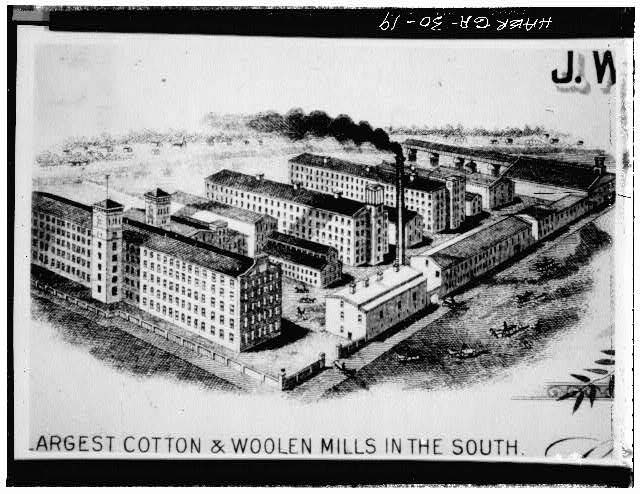
Courtesy of Library of Congress, Prints and Photographs Division
During the Great Depression, Bradley and his business partners kept the textile and ironworks factories open, despite losing money. According to Columbus oral history, Bradley would withdraw funds from his bank account daily to give to widows, children of employees, or others in need.
In 1943 he began the W. C. and Sarah H. Bradley Foundation with 4,000 shares of Bradley Company stock. In 1961 D. Abbott Turner also started a foundation, and in 1982 these two foundations merged to become the Bradley-Turner Foundation, which reported assets of almost $163.8 million in 2003.
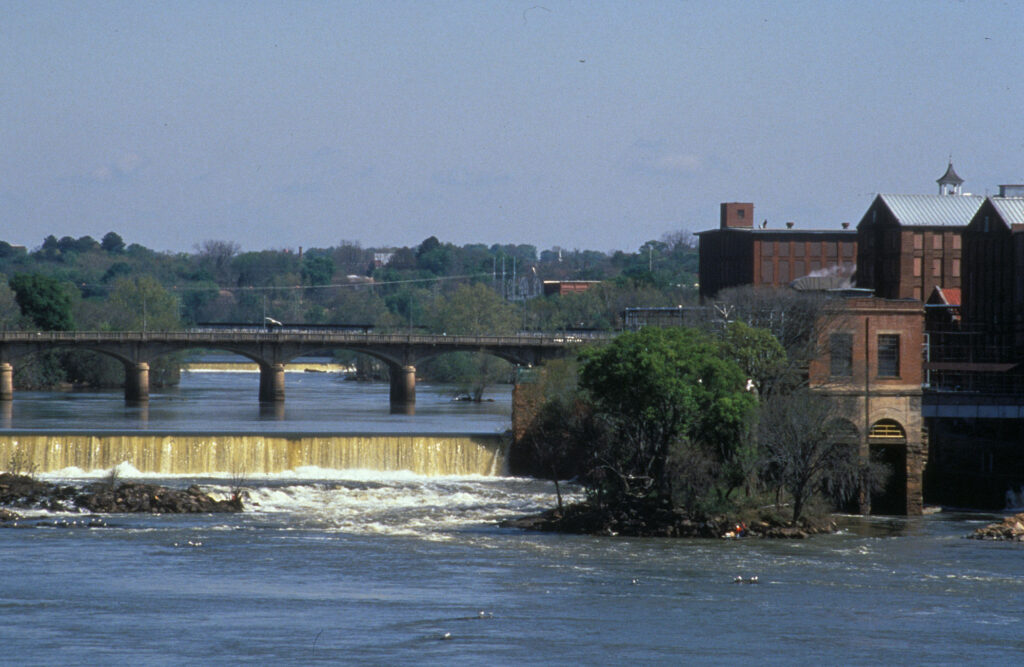
Courtesy of Historic Preservation Division, Georgia Department of Community Affairs.
At the time of Bradley’s death in 1947, his heirs donated his house and property on Wynnton Road to the Muscogee County School System. This land is now home to the Columbus Museum.
Evidence of Bradley’s legacy, through his company and through the organizations endowed by him and his heirs, are found throughout Columbus. Units of his business heritage, such as Synovus and TSYS, have been named among America’s best places to work. Family members and business leader heirs trace this success to the model of integrity and servant leadership that Bradley exhibited during his lifetime.


